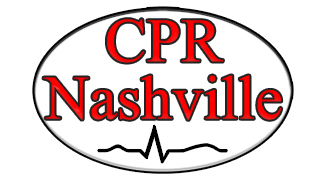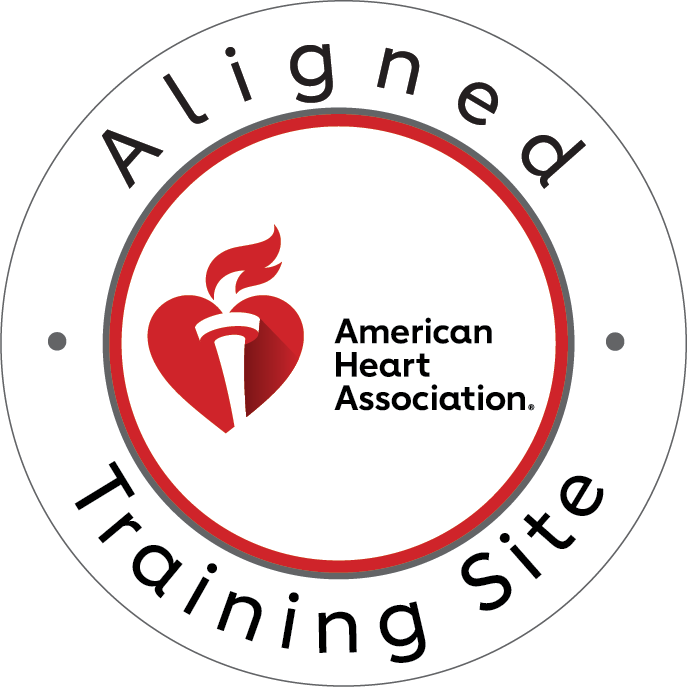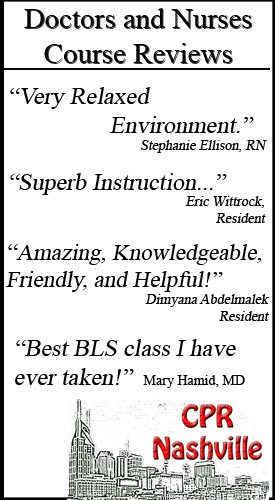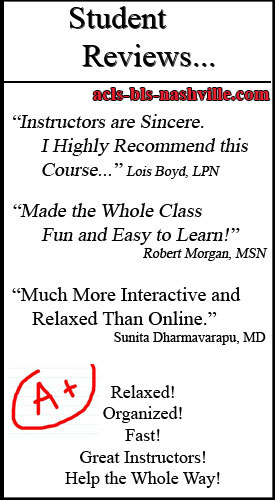Cardiopulmonary Resuscitation, or CPR, is a life-saving skill that empowers individuals to act confidently in emergency situations. Whether you’re a concerned parent, a dedicated teacher, or a healthcare professional, knowing how to perform CPR can make all the difference when seconds count.
Understanding CPR Course Types
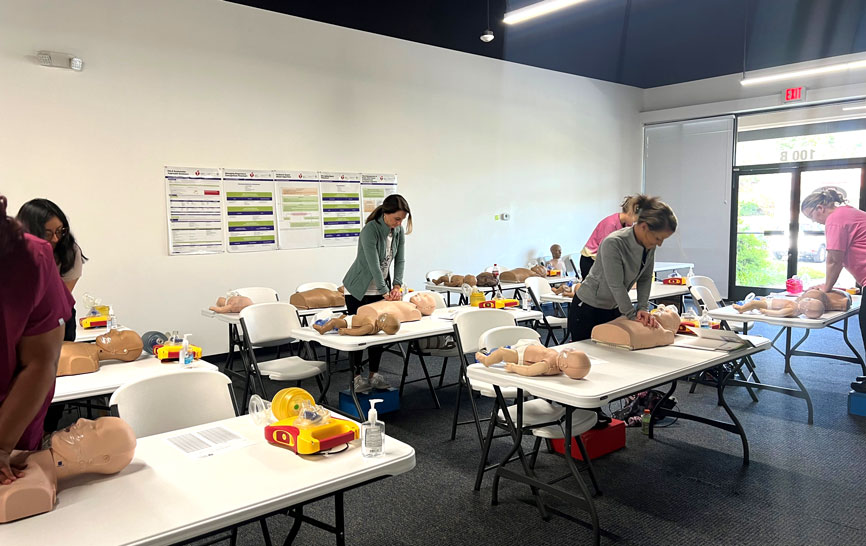
This comprehensive guide will introduce you to the two primary American Heart Association (AHA) CPR courses – Heartsaver and Basic Life Support (BLS) for Healthcare Providers – and help you determine which CPR training best aligns with your needs and goals. By understanding the distinctions between these vital certifications, you’ll be well-equipped to make an informed decision for your personal safety or professional requirements.
American Heart Association Standards
When it comes to CPR training, the American Heart Association sets the gold standard. Their guidelines are internationally recognized and consistently updated to reflect the latest scientific advancements in resuscitation. Choosing an AHA-certified course ensures you receive training based on the most current and effective techniques, providing you with nationally recognized certifications that are highly respected across various industries. This commitment to evidence-based practices is what makes AHA courses the trusted choice for CPR education, whether you are seeking initial certification or need to renew your existing CPR skills.
Two Primary Options Overview
The two main CPR course options offered by the American Heart Association are Heartsaver CPR courses and BLS for Healthcare Providers. While both aim to equip individuals with life-saving skills, their key distinction lies in their target audience and the depth of skills covered. Heartsaver courses are generally designed for the lay public and non-healthcare professionals, focusing on fundamental emergency care. In contrast, BLS for Healthcare Providers is specifically tailored for medical professionals, delving into more advanced techniques and team-based resuscitation scenarios. Understanding this fundamental difference is crucial for selecting the right CPR certification for your circumstances.
Heartsaver CPR Courses Deep Dive
Who Should Take Heartsaver
Heartsaver CPR courses are ideal for the general public and non-healthcare workers who want to be prepared for emergencies. This includes individuals like teachers, coaches, and childcare providers who regularly interact with vulnerable populations. Many workplaces also require Heartsaver certification to meet safety regulations, ensuring employees are ready to respond to an emergency should one arise. Beyond professional mandates, many people choose Heartsaver for personal preparedness, empowering themselves to protect their loved ones and community members in critical moments.
Course Content and Skills
The content within a Heartsaver CPR course typically covers adult, child, and infant CPR techniques, ensuring participants can respond to a wide range of age groups. A significant component of the training involves the proper use of an Automated External Defibrillator (AED), a crucial device that can restore normal heart rhythm in sudden cardiac arrest. Additionally, Heartsaver courses teach effective choking relief techniques, addressing another common and life-threatening emergency. Depending on the specific course variant, some Heartsaver programs also incorporate basic first aid, providing a more comprehensive approach to emergency response.
Course Variants
Heartsaver offers several course variants to suit different needs. The Heartsaver CPR AED course focuses specifically on CPR and AED use. The Heartsaver First Aid course concentrates solely on basic first aid principles. For those seeking a combined approach, the Heartsaver First Aid CPR AED course integrates all these essential skills into a single, comprehensive program. These variations allow individuals to choose the training that best fits their personal or professional requirements.
Duration and Format
Typically, a Heartsaver course lasts anywhere from two to four hours, providing ample time for hands-on practice. Practical application is a cornerstone of Heartsaver training, ensuring participants gain confidence and proficiency in performing CPR and using an AED. Upon successful completion, individuals receive a certification that is valid for a specific period, generally two years, after which a renewal course is recommended to keep skills current and effective.
BLS for Healthcare Providers Deep Dive
In contrast, BLS for Healthcare Providers is specifically designed for medical professionals.
Target Audience
This includes doctors, nurses, paramedics, emergency medical services (EMS) personnel, and medical students, as well as anyone working in a healthcare setting where they might encounter patients in cardiac arrest or other medical emergencies. The course content is more intensive and geared towards the unique challenges and protocols of a clinical environment.
Advanced Skills and Techniques
BLS for Healthcare Providers delves into more advanced skills and techniques than Heartsaver. This includes mastering high-quality CPR with the aid of feedback devices to ensure optimal compression depth and rate. Participants also learn the critical skill of bag-mask ventilation, essential for providing effective rescue breaths. The course emphasizes two-rescuer CPR scenarios and team-based resuscitation approaches, reflecting the collaborative nature of emergency response in healthcare settings.
Additional Components
Beyond core CPR and ventilation skills, BLS for Healthcare Providers includes additional crucial components. Professionals learn how to rapidly recognize cardiac arrest and initiate the appropriate emergency response protocols. Effective team communication is heavily stressed, as seamless coordination among healthcare providers is vital for successful resuscitation outcomes. The course also covers the relief of choking in both responsive and unresponsive victims, with special considerations for healthcare settings and patients with various medical conditions.
Course Requirements
Due to its comprehensive nature, a BLS for Healthcare Providers course typically runs longer than Heartsaver, ranging from three to four and a half hours. The assessment requirements are also more rigorous, including both skills testing, where participants demonstrate their proficiency in CPR and other techniques, and a written exam component to assess their theoretical knowledge. Similar to Heartsaver, BLS certification generally requires renewal every two years to ensure healthcare professionals maintain their competency in life-saving procedures.
Key Differences Comparison
Skill Level and Depth
When comparing the two, the primary distinction lies in skill level and depth. Heartsaver teaches basic, foundational techniques for laypersons, focusing on immediate response.
BLS, however, delves into advanced techniques tailored for professionals, including the use of specialized equipment and complex scenarios.
Equipment and Tools
Regarding equipment and tools, Heartsaver emphasizes AED use, preparing individuals for common public access defibrillator scenarios. BLS expands on this, incorporating bag-mask ventilation and introducing concepts related to advanced airway management, crucial for healthcare providers.
Scenarios and Practice
The scenarios and practice in each course also differ significantly. Heartsaver focuses on individual rescuer situations, simulating emergencies where a single person might be the first responder. BLS, conversely, emphasizes team-based healthcare scenarios, preparing professionals to work collaboratively in a medical environment with multiple responders and complex patient presentations.
Assessment Requirements
Finally, the assessment requirements reflect this difference in depth: Heartsaver typically requires only a skills demonstration, while BLS mandates both skills testing and a written exam to ensure a thorough understanding of the material.
Choosing the Right Course for You
Choosing the right course ultimately depends on your professional requirements, personal goals, and industry-specific needs.
Professional Requirements
Many healthcare jobs, licensing boards, and employers specifically mandate BLS certification due to the advanced skills it covers. For individuals outside of healthcare, Heartsaver is often sufficient to meet workplace safety requirements for roles such as education professionals, fitness instructors, childcare providers, and security personnel.
Personal Goals
Beyond professional obligations, personal goals play a significant role. If your aim is family preparedness, Heartsaver provides the essential skills to protect your loved ones.
Industry-Specific Needs
Similarly, if you wish to contribute to community involvement by being ready to respond in an emergency, Heartsaver is an excellent choice. However, if your professional path requires deeper medical knowledge or you aspire to roles in healthcare, BLS is the definitive path.
Course Logistics and Practical Considerations
When considering course logistics, Heartsaver typically has no medical background prerequisites, making it accessible to anyone interested in learning CPR. While healthcare experience is helpful for BLS, it is not always a strict prerequisite, though the course content assumes a certain level of familiarity with medical concepts. Certification validity periods for both are generally two years, with digital certification cards issued upon successful completion. Cost considerations also differ, with BLS courses often having a slightly higher price point due to the more extensive content and specialized instruction.
CPR Nashville Advantage
American Heart Association Training Site
At CPR Nashville, we pride ourselves on being an official American Heart Association training site. This means our courses adhere to the most current AHA guidelines, ensuring participants receive up-to-date curriculum and materials.
Stress-Free Learning Environment
Our commitment to quality assurance standards guarantees a high-quality learning experience. We offer a stress-free learning environment with experienced instructors who foster a supportive atmosphere.
Hands-On Training Approach
Our small class sizes allow for personalized attention and ample opportunity for hands-on practice, which is central to our training approach. We believe practical skill development and real-world scenario practice are vital for building confidence in emergencies.
Course Offerings
CPR Nashville offers both initial certifications and renewal classes with flexible scheduling options to accommodate busy lives.
Making Your Decision
To quickly decide, ask yourself: Are you a healthcare professional? If yes, BLS is the course for you. Do you work with the public in a non-healthcare capacity? Consider Heartsaver. For general personal or family preparedness, Heartsaver is typically sufficient. In some unique situations, such as career transitions into healthcare or for comprehensive preparedness goals, considering both courses can be beneficial for professional development.
When to Consider Both
Both Heartsaver and BLS courses are invaluable for saving lives, but they are designed with audience-specific needs in mind. Heartsaver focuses on basic, essential skills for the general public, while BLS delves into advanced techniques for healthcare professionals.
Conclusion
Understanding these skill level variations and their professional versus personal applications is key to making an informed choice. Regardless of the course you choose, the importance of quality training cannot be overstated. Opt for AHA-certified courses that emphasize hands-on practice, as this builds true competence and confidence.
Remember, ongoing skill maintenance through regular renewal is crucial to ensure you remain ready to act when an emergency strikes. We encourage you to explore CPR Nashville’s offerings and take the proactive step toward gaining life-saving skills. Your ability to act could make all the difference in a critical moment.

